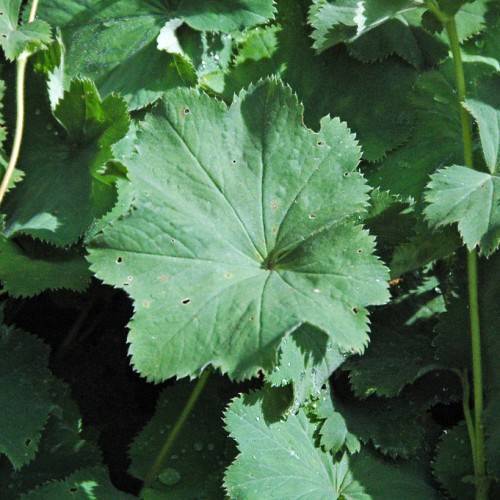
Small Lady's Mantle
Alchemilla filicaulis subsp. vestita
Also Known As - Hairy Lady's MantleWatering:
Frequent
Hardiness Zone:
Sun:
full sun,part shade
Leaf:
Yes
Growth Rate:
Low
watering
Turkish Hollyhock (Alcea pallida) should be watered deeply 2 to 3 times per week in the early morning hours. If the soil feels dry to the touch, more frequent watering may be needed, and in extremely hot and dry weather, plants may need to be watered up to daily. To avoid root rot, take care to not overwater and allow the soil to completely dry out between waterings.
sunlight
Turkish Hollyhock should be grown in an area with full sun. It prefers 6-8 hours of direct sunlight each day and prefers locations sheltered from strong winds. Morning sun is best for Turkish Hollyhock; however, dappled sunlight throughout the day is also beneficial. If possible, try to provide it with some shade during the mid-afternoon hours, when the sun is at its hottest. When grown in deep shade, Turkish Hollyhock will fail to reach its full potential, so it is important to provide it with sufficient sunlight.
pruning
Turkish Hollyhock (Alcea pallida (Waldstein & Kitaibel ex Willdenow) Waldstein & Kitaibel) should be pruned heavily in late winter or early spring. This will remove any dead or damaged stems and encourage vigorous new growth. Pruning can be done by snipping off stems at a low point or removing stems at the base of the plant. Regular maintenance pruning should be done throughout the summer months as Turkish Hollyhock stems can become leggy and heavy with flowers. Pruning should also be done to encourage more compact and bushier growth.
